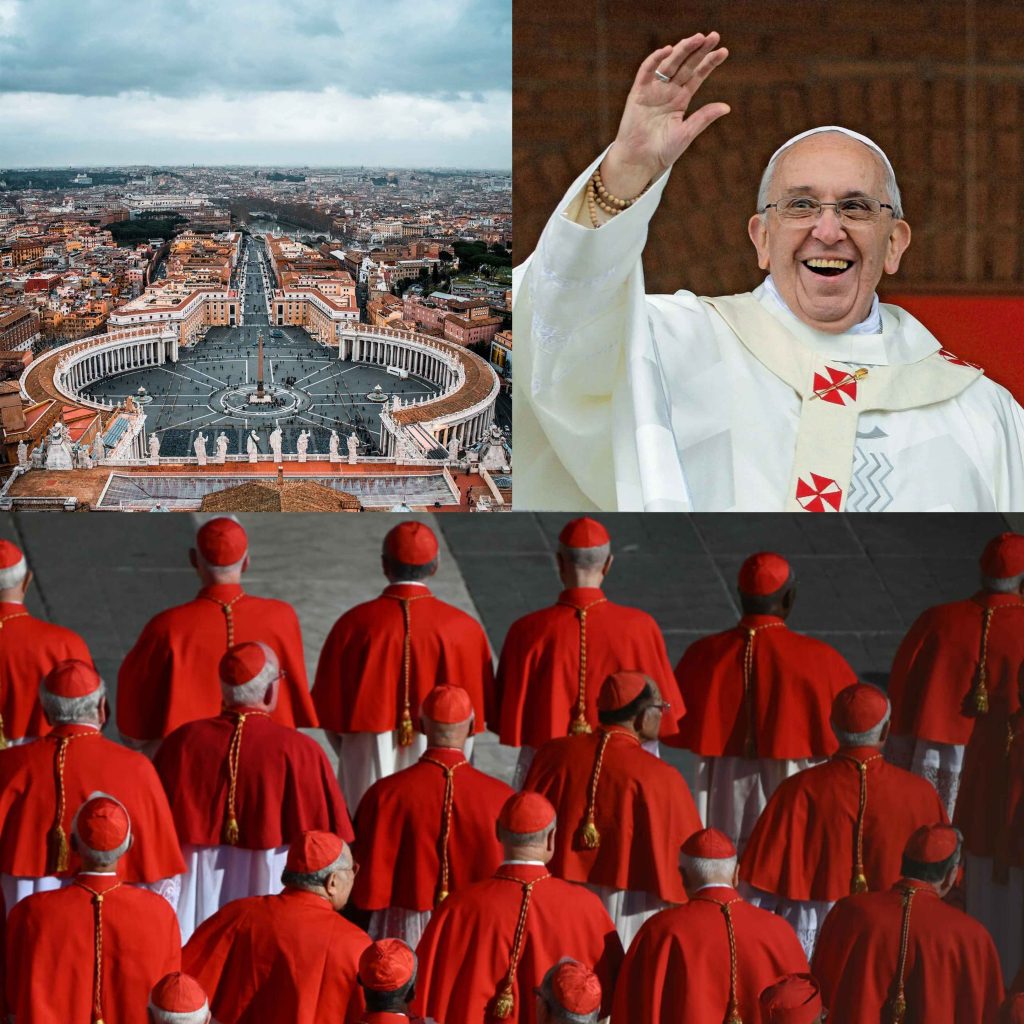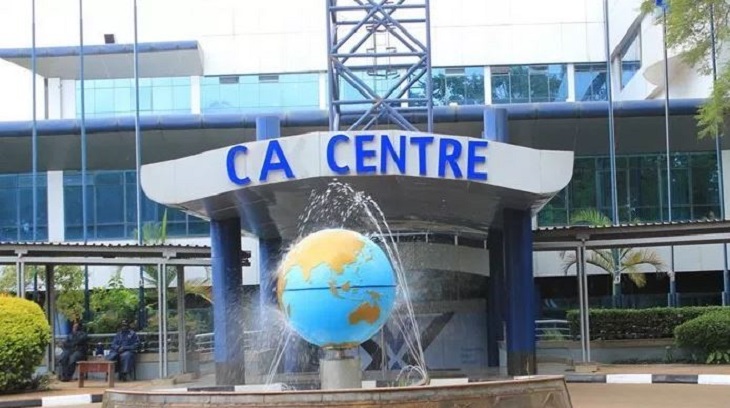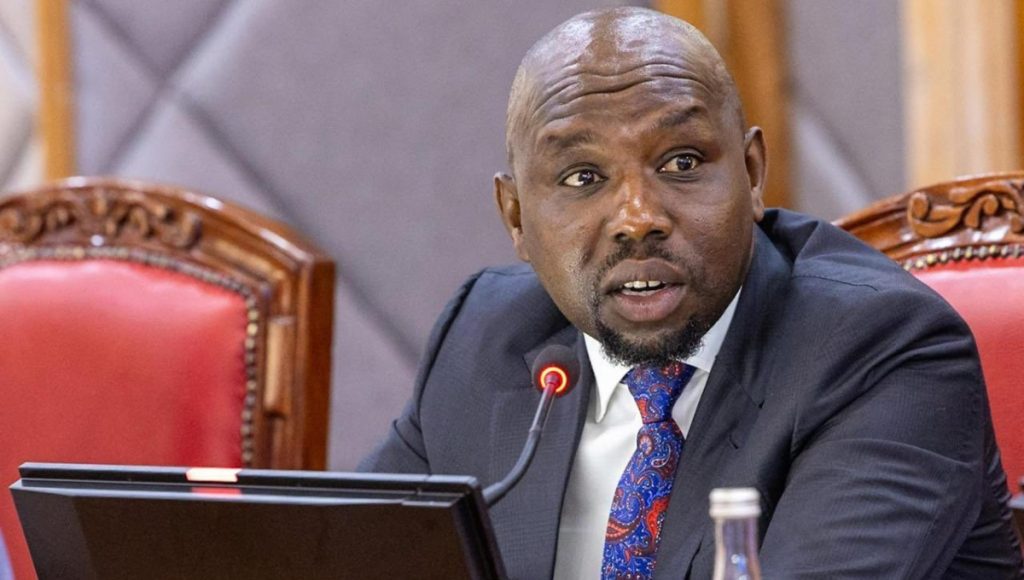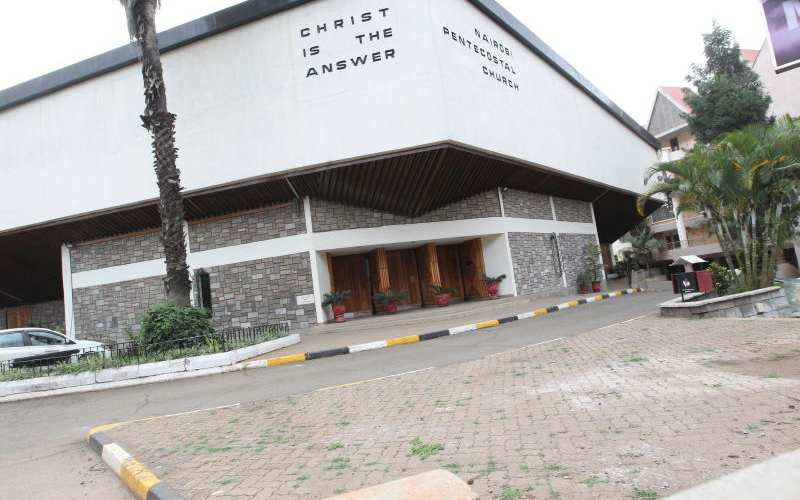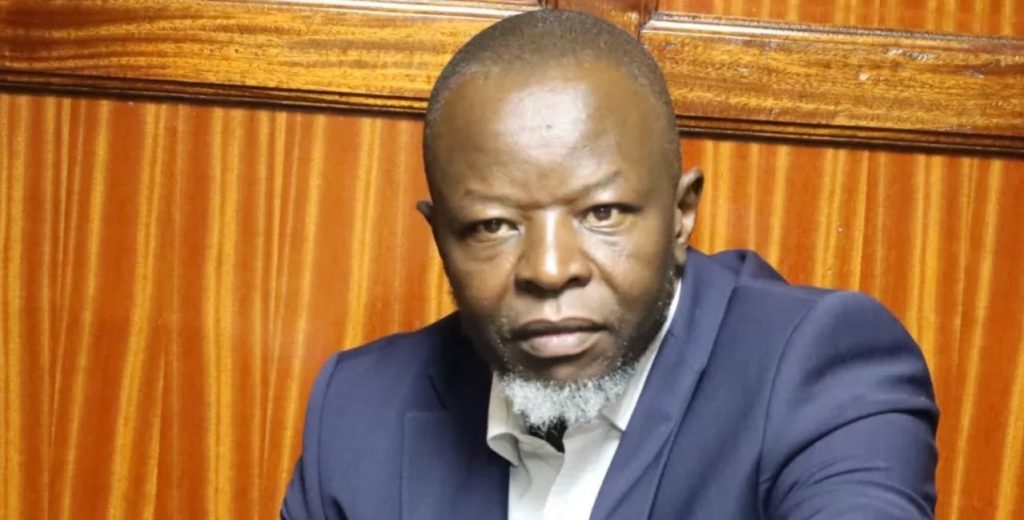With just days before the papal conclave begins, the Vatican is at the center of global attention as cardinals from around the world prepare to elect the next leader of the Catholic Church. The conclave is a secret process rich in prayer, tradition, and symbolism. On Wednesday May 7, 2025; 133 Cardinals of 135 electors of the College of Cardinals will enter the Sistine Chapel to begin the process.
Two Cardinals; John Njue of Kenya and Cardinal Angelo Becciu of Italy withdrew from the Conclave due to health reasons
As the cardinals prepare, key places within the Vatican take on special importance. These sacred spaces form the spiritual and physical setting for the choosing of the successor of Pope Francis.
Let us explore:
1. Casa Santa Marta (Domus Sanctae Marthae)
Casa Santa Marta serves as the residence for the cardinal electors during the conclave. Built in 1996 under Saint John Paul II, this guesthouse ensures the cardinals live in seclusion, with no contact with the outside world once the conclave begins. The name Domus Sanctae Marthae means “House of Saint Martha”, named after the biblical figure known for her hospitality. From here, the cardinals walk in silence each day to the Sistine Chapel to cast their votes in prayer and reflection.
2. Sistine Chapel
At the heart of the Vatican lies the Sistine Chapel, where the cardinal electors pray, deliberate, and vote. The room is sealed off from all outside communication to ensure total confidentiality. The word “conclave” comes from Latin cum clave, meaning “with a key” symbolizing that the electors are literally locked in until a decision is reached.
3. St. Peter’s Basilica
St. Peter’s Basilica, plays a vital public role during the conclave. Once a new pope is elected, the cardinal protodeacon (the most senior cardinal in the order of deacons) steps onto the central balcony and declares: “ Habemus Papam!” (We have a pope!)
Moments later, the newly elected pope appears to give his first blessing, known as the Urbi et Orbi a Latin word meaning “to the City [of Rome] and to the World”. This blessing is both spiritual and symbolic, extending the pope’s care and authority to Catholics everywhere.
4. Vatican Apostolic Palace
The Apostolic Palace is the administrative and ceremonial heart of the Church. It includes the offices of the Roman Curia, the Vatican Museums, the Apostolic Library, and the Sistine Chapel itself. Although Pope Francis chose to reside at Casa Santa Marta instead of the traditional papal apartments, the Apostolic Palace remains the historical seat of papal authority and the site of important Church functions.
5. St. Peter’s Square
St. Peter’s Square becomes a focal point of global attention during the conclave. Pilgrims and media from around the world gather here, watching for signals from the chimney on top of the Sistine Chapel. The appearance of fumata nera (“black smoke”) means no pope has been elected; fumata bianca (“white smoke”) signifies that a new pope has been chosen. When the white smoke rises, the crowd erupts in joy soon followed by the declaration, Habemus Papam(We Have a New Pope!).



